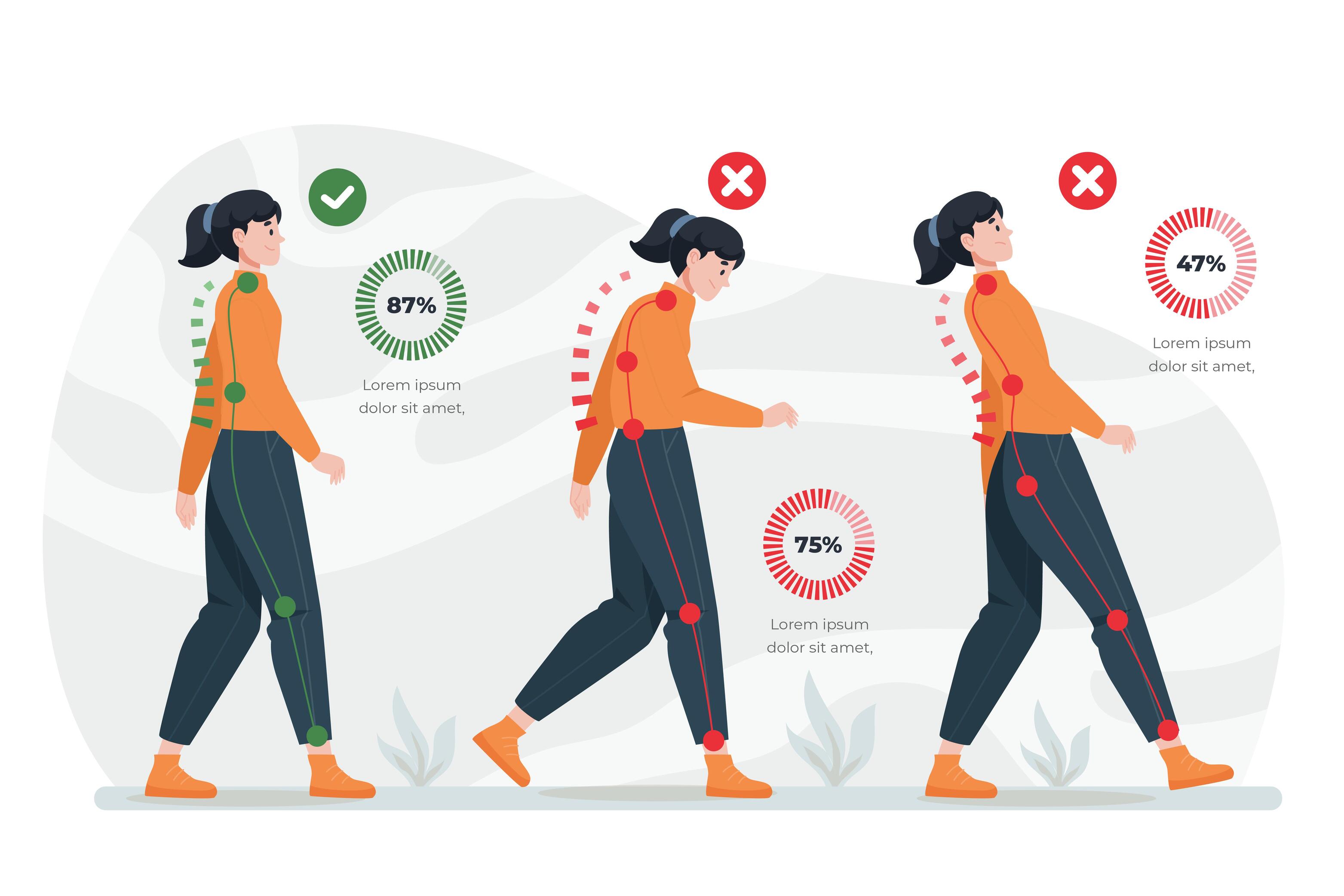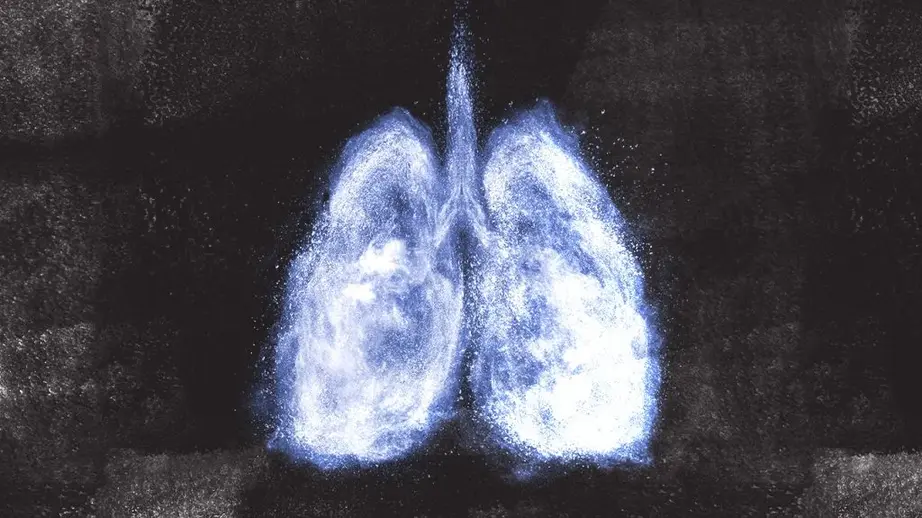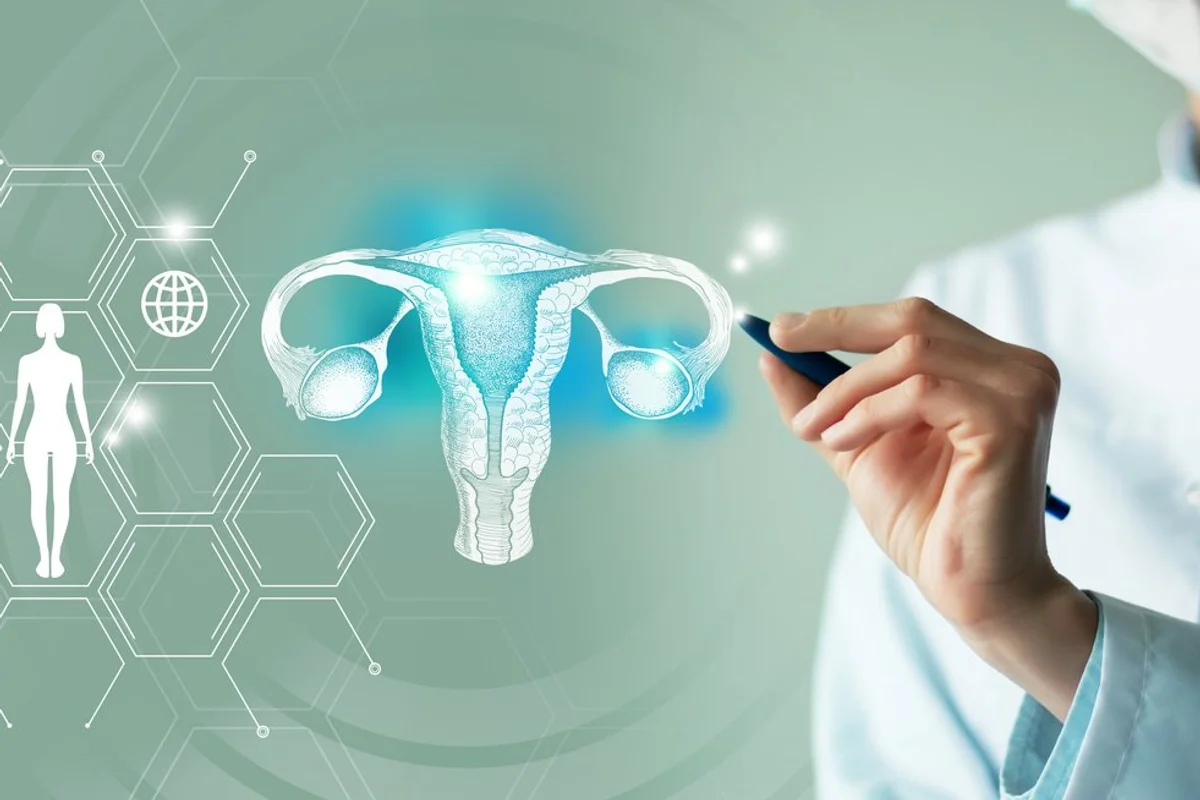Ever felt a twinge or tightness in your back? You’re not alone! Back pain is the leading reason people seek medical attention, affecting millions worldwide. It can manifest in various ways, from a dull ache to a sharp pang, targeting different areas of the back and lingering for brief periods or becoming a chronic issue.
Understanding the different types of back pain and their potential causes is the first step towards finding relief. Whether it’s a strain from lifting something heavy or a result of poor posture, there are often ways to manage and even prevent back pain.
Your back is a complex masterpiece, a network of interconnected structures working tirelessly to keep you upright and moving. This “backstage crew” includes:
Vertebrae: These are the bony building blocks of your spine, providing stability and protection for your spinal cord.
Spinal cord: This vital highway carries messages between your brain and the rest of your body.
Intervertebral discs: These act like shock absorbers between your vertebrae, cushioning your movements and preventing bone-on-bone contact.
Ligaments: These strong bands of tissue connect your vertebrae and stabilize your spine.
Muscles: These powerhouses allow you to move your back, bend, twist, and maintain good posture.
Tendons: These connect muscles to bones, transmitting the force generated by your muscles for movement.
Unfortunately, this intricate system isn’t immune to problems. Various issues with these components can trigger back pain, including:
Injuries: Strains, sprains, and muscle tears can all cause back pain.
Inflammatory conditions: Diseases like ankylosing spondylitis can cause chronic inflammation and pain in the spine.
Infections: In rare cases, infections can affect the spine and cause back pain.
Tumors: While less common, tumors in the spine or surrounding tissues can also contribute to back pain.
The good news? With proper diagnosis and treatment, many causes of back pain can be effectively managed
Back pain can feel like a roadblock on your path to an active life. But the good news is, you’re not powerless! There are a variety of treatment options available, and the best approach depends on the specific cause and severity of your pain. and benefits thoroughly with your doctor. It may include hot or cold therapy, pain-relieving medications, exercise routines, physical therapy, alternative therapies, and, in some cases, surgical interventions.
Different Symptoms of Back Pain
Back pain can show up as muscle soreness, stiffness in the morning, and discomfort that gets worse with movement, causing sensations like shooting, burning, or stabbing. The pain might:
- Spread from the back to areas like the buttocks, legs, hips, or abdomen.
- Get worse when you lift, bend, or twist.
- Intensify when you’re resting, sitting, or standing.
- Be intermittent.
- Be localized in one spot on your back or spread throughout.
Different Causes of Back Pain and Associated Risk Factors
Back pain can result from a variety of mechanical or structural issues, including:
– Sprains and strains of muscles or ligaments
– Herniated or ruptured discs
– Degenerative disc disease associated with aging
– Spondylolisthesis (slippage of a vertebra out of alignment)
– Spinal stenosis
– Sciatica
– Fractured vertebrae
– Trauma or injury
– Nerve root compression
Several forms of arthritis, such as ankylosing spondylitis, can also contribute to back pain. Additionally, medical conditions like:
– Osteoporosis-related fractures
– Fibromyalgia
– Spinal tumors that have spread to the back or spine
– Infections in the bones, abdomen, pelvis, or bloodstream
– Kidney infections or stones
– Pregnancy
– Endometriosis ….. can also be culprits.
Certain risk factors can increase the likelihood of experiencing back pain, including:
– Aging
– Sedentary lifestyle
– Poor posture
– Overweight or obesity
– Smoking
– Depression and anxiety
– Improper lifting techniques
– Jobs involving heavy lifting, pushing, pulling, or twisting
– Genetic predisposition
Diagnosing Back Pain
Back pain can be a real drag, leaving you wondering what’s going on. But the good news is, doctors have a toolbox of techniques to diagnose the cause and get you on the path to feeling better. Here’s a breakdown of what to expect:
1. Working Together: The Doctor-Patient Team-Up
The first step is a conversation with your doctor. They’ll want to hear your story:
- Your Medical History: Discussing past injuries, surgeries, and any family history of back pain helps them understand your risk factors.
- The Pain Patrol: Describing your pain in detail – location, intensity, duration – is crucial for diagnosis. Be sure to mention any activities that worsen the pain.
2. The Physical Exam: Putting You Through Your (Gentle) Paces
Next comes a physical examination. This might seem daunting, but don’t worry, it’s not a workout! Your doctor will:
- Assess Your Posture and Spine: They’ll check your alignment and range of motion.
- Test Your Reflexes, Strength, and Sensation: This helps pinpoint any nerve involvement.
3. Imaging: A Peek Inside (When Necessary)
While many back pain cases can be diagnosed without extra tests, sometimes a clearer picture is needed. Here are some imaging tools your doctor might use:
- X-ray: This quick test reveals bone issues like fractures or arthritis.
- MRI Scan: Think of this as a high-tech detective tool. It creates detailed images of soft tissues, helping identify problems with discs, nerves, or ligaments.
4. Specialized Tests: For More Complex Cases
In some situations, your doctor might recommend additional tests:
- Electromyography (EMG): This measures electrical activity in your muscles to check for nerve problems.
- Blood Tests: These are less common but can rule out underlying medical conditions.
Remember: The specific tests you undergo will depend on your individual case. The most important thing is open communication with your doctor. By working together, you can unravel the mystery of your back pain and find the right treatment plan for a healthier, pain-free you!
Recovery Options for Back Pain
The severity, duration, and chances of your back pain resolving without treatment depends on the root cause of your disease.
Back pain stemming from strains, sprains, or minor injuries typically improves with self-care over time. Conditions like sciatica, herniated discs, and nerve compression might require a bit more time for recovery.
However, more severe underlying issues like cancer, fractures, or fibromyalgia may demand regular treatment, medical procedures, and even surgery to achieve any noticeable relief.
Normal time or duration for Back Pain
Back pain can generally be classified into three categories: severe (lasting a few days), subacute (persisting for 4–12 weeks), or chronic (lasting more than 12 weeks).
The duration of your back pain depends on its root cause. Pain associated with an infection may subside after a course of antibiotics, while pain stemming from spinal degeneration might endure indefinitely. For women experiencing back pain during pregnancy, relief commonly occurs after delivery.
Different Treatment Options for Back Pain
Treatment for back pain normally depends on the reason behind its occurrence , aiming to alleviate pain and enhance physical function.
In many cases, back pain resolves within a month with home treatment. Self-care measures that may expedite recovery include:
- Using hot or cold packs
- Engaging in exercises and stretches that supports your back.
- Involving yourself in as much activity as you can bear
- Abstaining from activities that increase pain or make it worse
- Practicing relaxation techniques to minimize stress and muscle tension
- Taking over-the-counter (OTC) pain killer medications.
When to Consult a Doctor.

Certain back pain symptoms may signal a more serious underlying issue needing prompt medical attention. One Should doctor if back pain doesn’t do away within few weeks, or it happened as a result of injury, or if you experience any of the following:
- Numbness in different body parts majorly in your legs.
- Consistent acute pain that didn’t go away by rest or medication
- Feeling difficulty while urinating
- Incontinence
- Fever
- Losing weight without any known reason
- Pain on chest.
- disturbed sleeping pattern due to pain
- Increased back pain specially after sneezing, coughing, or bowel movements.
Possible Medication Options.
To alleviate back pain, many turn to over-the-counter medications. These often include pain relievers like acetaminophen and nonsteroidal anti-inflammatory drugs (NSAIDs) such as ibuprofen (Advil) and naproxen sodium (Aleve). Additionally, topical pain relievers like creams, ointments, salves, or patches can offer relief.
If these non-prescription options fall short, your doctor may suggest prescription NSAIDs or analgesics. Other prescription medications that might aid in pain management include:
- Muscle relaxants such as diazepam, which can help address back pain caused by muscle tension.
- Injections of anti-inflammatory agents, particularly beneficial for pain radiating from nerve compression or irritation.
- Tricyclic antidepressants like amitriptyline, as well as certain other antidepressants such as duloxetine (Cymbalta).
- Narcotics like oxycodone or hydrocodone, although they are typically less effective for chronic pain management.
Physical Therapy
Under the guidance of a physical therapist, you can learn exercises aimed at strengthening the muscles that provide support for your back, enhancing flexibility, and correcting posture. Consistently practicing these exercises can alleviate pain and reduce the likelihood of future occurrences of back pain.
Moreover, a physical therapist can offer valuable insights on modifying your movements and posture to prevent exacerbation of pain during physical activity.
Going Through ‘Surgery’ to Treat Back Pain
When considering surgery for back pain, it’s typically recommended only after using all other nonsurgical treatments without success. However, exceptions for those who are experiencing leg weakness or numbness, or if you’re dealing with incontinence.
The type of surgery depends on the cause of your pain and medical history and it determines that whether surgery is a best option for you or not.
Typical surgical procedures comprise:
- Discectomy: The removal of a portion of a herniated disc to ease pressure on a nerve root or the spinal canal.
- Laminectomy: Eliminating bony spurs and segments of vertebrae to tackle spinal stenosis and alleviate nerve pressure.
- Spinal fusion: The fusion of two or more vertebrae to address degenerative disc disease and spondylolisthesis if a laminectomy proves ineffective.
Additional surgeries and procedures may include:
- Foraminotomy: Expanding the space where nerve roots exit the spinal canal to address spinal stenosis.
- Vertebroplasty and kyphoplasty: Fixing compression fractures of the vertebrae caused by osteoporosis.
- Disc replacement surgery
- Laser surgery
- Radiofrequency lesioning or neurotomy: Utilizing focused radio waves to interrupt pain signals from nerves to the brain.
- Implanted nerve stimulators
- Cortisone injections to decrease inflammation around nerve roots.
How to Avoid Back Pain
While back pain cannot always be avoided, it can be lessened with regular exercise, proper posture, and lifestyle modifications. The following suggestions are provided:
- Remain upright by maintaining your shoulders squarely over your hips and your ears in line with your shoulders.
- Avoid slouching.
- When standing, equally distribute your weight across both feet.
- When sitting, make sure your back is supported, use chairs with lower back support, and get up every 30 minutes to take a little stroll.
- Keep your weight in check and eat a well-balanced, calcium- and vitamin-D-rich diet.
Choose shoes that are cozy. - Avoid lifting heavier than you can handle; employ good lifting form by using your knees and hips rather than your back; and keep the weight close to your body.
- Modify repetitious activities to include different bodily motions.
- Quit smoking.
- Make use of equipment and furniture with supportive designs.

Back Pain Complications
The main cause of a person’s low performance and productivity is back pain. In addition, it can cause anxiety and sadness, as well as weight gain if physical activity is restricted.
Depending on the underlying ailment, the untreated core cause of back pain may result in many problems, including:
- Incontinence may develop from permanent nerve injury that causes sensory or motor deficiencies.
- Weight growth leading to the development of health problems like diabetes, heart disease, arthritis, and sleep apnea.
- Disability
- Deformity
- Fertility Challenges
Stats About Back Pain
Back pain stands as one of the most prevalent non-life-threatening condition, impacting 80 percent of Americans at some stage in their lives, as indicated by Harvard Health Publishing.
Reportedly, nearly 65 million Americans—approximately 20 percent—have experienced recent episodes of back pain, while around 16 million American adults—about 8 percent—grapple with chronic back pain, according to findings from Georgetown University’s Health Policy Institute.





Hey! Quick question that’s entirely off topic. Do you know how to make your site mobile friendly? My site looks weird when browsing from my iphone 4. I’m trying to find a theme or plugin that might be able to resolve this issue. If you have any recommendations, please share. Thanks!
You need to go for such themes that are light , fast and responsive.
As an example try themes like ASTRA and GENERATE PRESS
I do believe all the ideas you’ve offered to your post. They’re really convincing and will definitely work. Still, the posts are too brief for starters. Could you please lengthen them a little from subsequent time? Thanks for the post.
Your Suggestion is noted.
One other thing I would like to talk about is that as an alternative to trying to suit all your online degree lessons on days of the week that you end work (considering that people are tired when they get home), try to arrange most of your instructional classes on the week-ends and only 1 or 2 courses on weekdays, even if it means a little time away from your end of the week. This is fantastic because on the weekends, you will be a lot more rested and also concentrated with school work. Thx for the different tips I have acquired from your web site.
Thank you
I have been examinating out some of your stories and i must say pretty nice stuff. I will definitely bookmark your website.
thank for the positive feedback. It Helps alot
I have been exploring for a little for any high quality articles or blog posts on this kind of area . Exploring in Yahoo I at last stumbled upon this site. Reading this info So i am happy to convey that I have a very good uncanny feeling I discovered exactly what I needed. I most certainly will make certain to don抰 forget this site and give it a glance on a constant basis.
Thank you for your comments , i hope you will return back to this site more often
Great post made here. One thing I’d like to say is the fact that most professional domains consider the Bachelor Degree like thejust like the entry level standard for an online degree. When Associate College diplomas are a great way to get started, completing your current Bachelors opens many entrance doors to various employment goodies, there are numerous internet Bachelor Course Programs available via institutions like The University of Phoenix, Intercontinental University Online and Kaplan. Another thing is that many brick and mortar institutions offer Online editions of their college diplomas but generally for a drastically higher cost than the corporations that specialize in online education plans.
I guess this message is irrelevant here 😛 , perhaps you can recheck it
Great job on this post!
Thank you for your valuable feedback
Thanks for the comment !
you are truly a excellent webmaster. The web site loading velocity is incredible. It sort of feels that you’re doing any distinctive trick. In addition, The contents are masterwork. you have performed a great job on this matter!
Thank you for your positive response, it means alot.